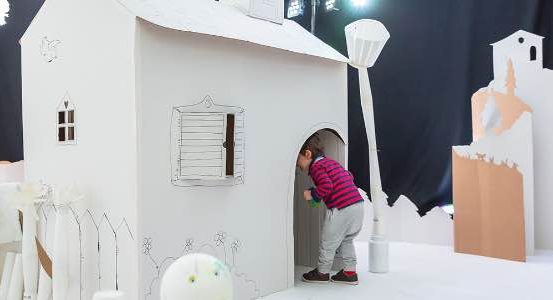Space for Everyone
Space for Everyone – Draíocht’s Strategy 2024-2029, presents a vision which may be familiar – of an Ireland where everyone has the opportunity to enjoy and be enriched by the arts.
Our ambition by 2029 is simple: we want to have made and shared more art, with and for more people in Dublin 15. We want to have done so joyfully and with integrity, engendering local pride, showing national leadership and confirming a sustainable future.
Our Strategic Priorities:
We have identified three strategic priorities which support and drive our ambitions now and into the future.
Art For Everyone
Our ambitious and richly diverse programme is reaching and engaging with more people, from all our communities, bringing us together with a shared sense of pride of place and of belonging
Support For Artists
We are enabling and empowering artists from all social backgrounds, ethnicities and traditions to make and share art of resonance and distinction, contributing to the vibrancy of our work and to the sustainability of their practice.
An Organisation For The Future
We are equipped to deliver on our ambitions and to achieve a sustainable future as an essential part of the cultural infrastructure of Fingal.
As well as these areas of strategic priority, there are two connecting themes that will run through all aspects of our work on the coming years. These twin themes respond to the demographic reality of our local area, which has the youngest and most diverse population in the country.
Children and young people will continue to be a focus of our work. At the vanguard of practice, we will continue to develop and present work by, with and for children and young people and to advance their participation in decision-making. This is their right and our privilege to realise.
Likewise, we believe we have a responsibility and a role to play in furthering understanding and practice in relation to equality, diversity and inclusion. We will take our time in pursuing work here, making sure that we recognise our own prejudices and assumptions. We will work first to understand the barriers to full access and participation in the arts before we set about addressing how we can overcome them.

